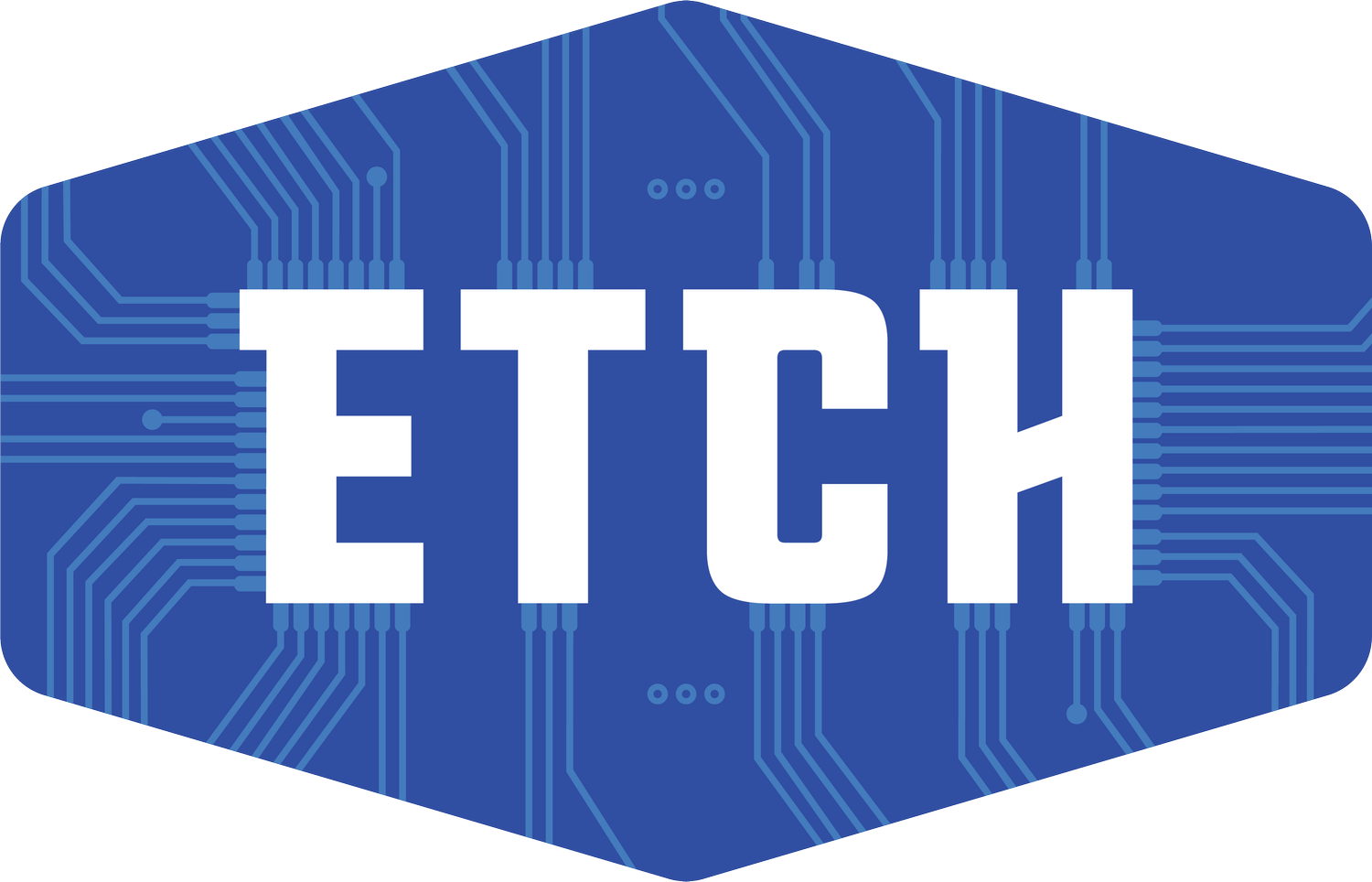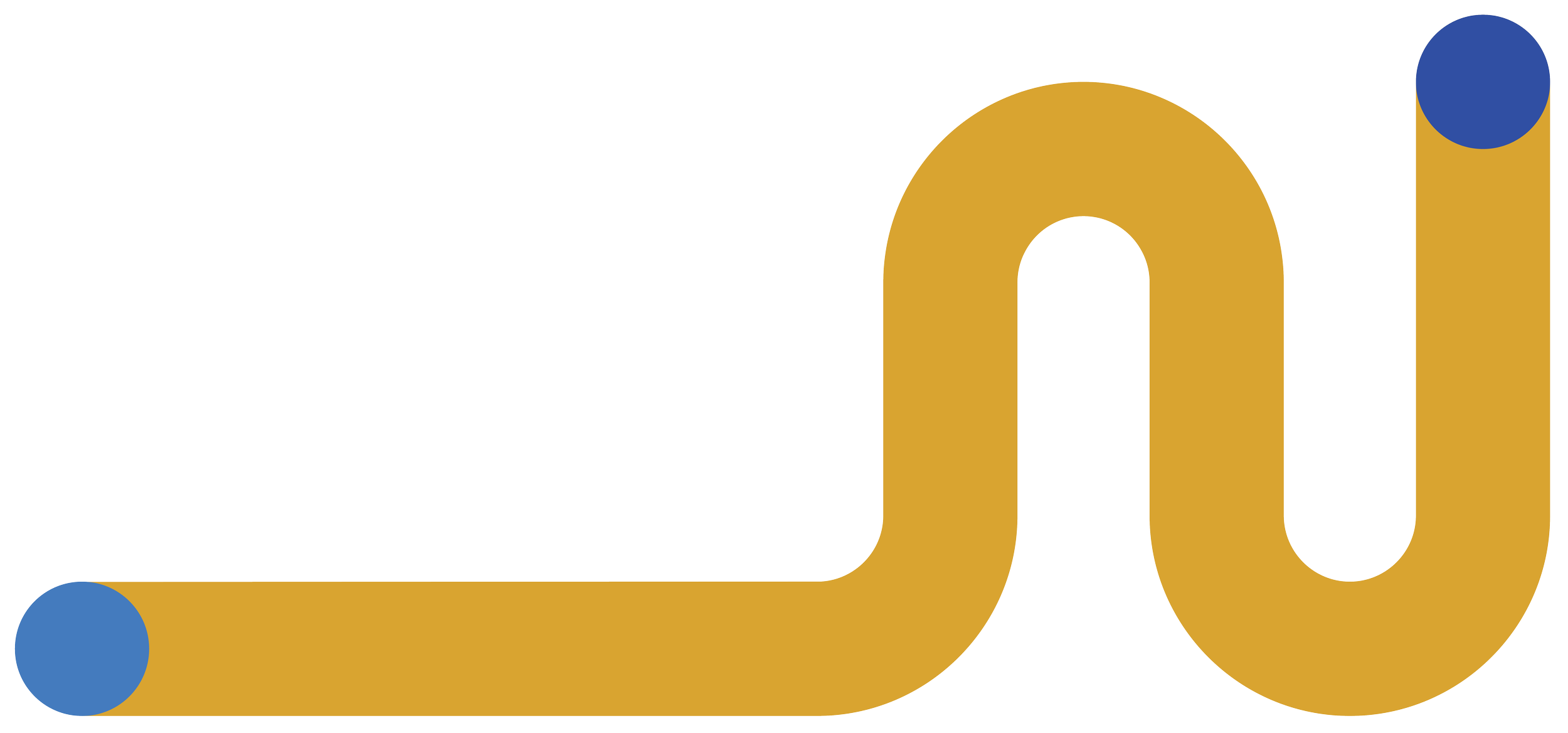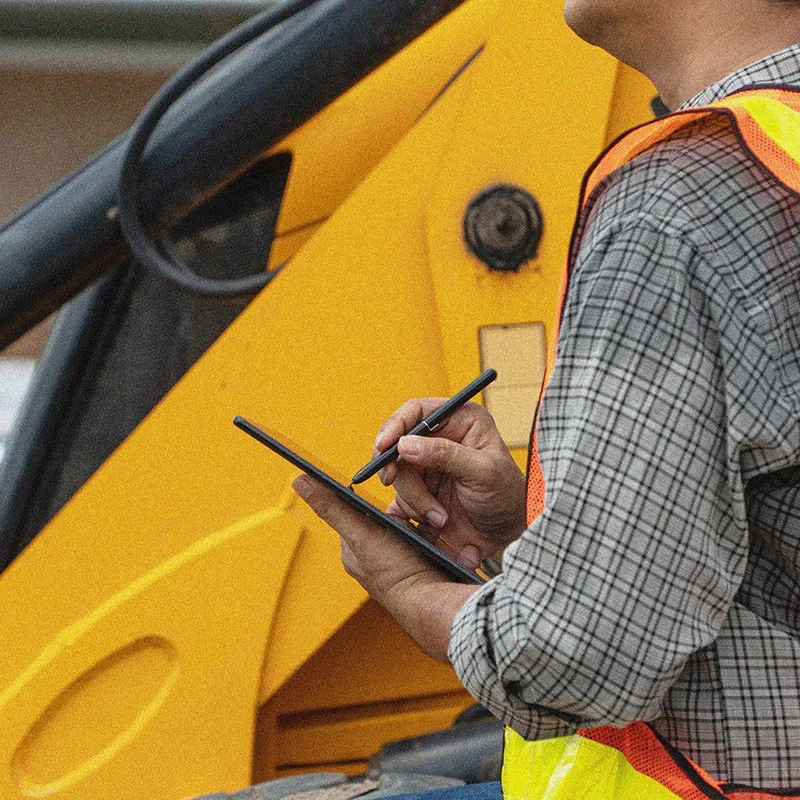Etch Software Solutions
Connecting the mobility ecosystem with custom software solutions
Etch’s SaaS products include a mobility platform that consists of sophisticated trip planning, driver navigation, communication, and back office management. Our automatic vehicle locator (AVL)/ Connected Vehicle Environment (CVE) SaaS provides clients with real-time location information enriched to geospatial locations as well as the ability to manage fleet operations.








